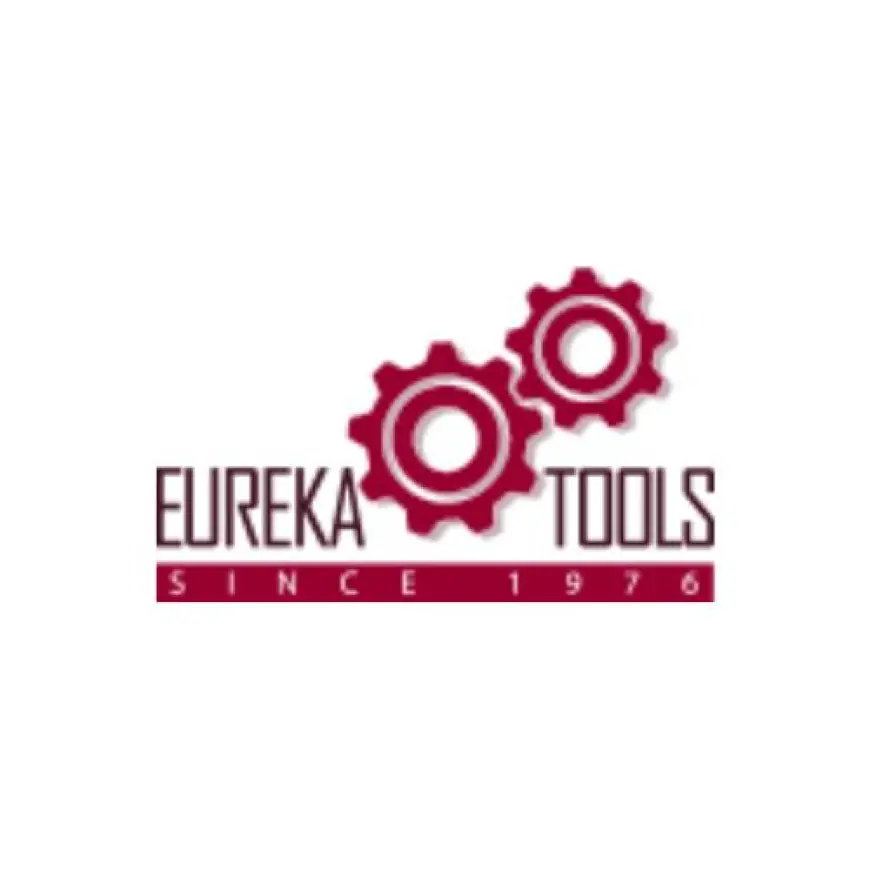What Are Kanban Cabinets? | Can steel cabinets rust in Singapore?
Eureka Tools Pte Ltd has had over 45 years of experience in the industry specializing in supplying and servicing high-quality industrial tools & equipment for a wide range of industrial applications, such as manufacturing, construction, marine, shipbuilding and offshore oilfields etc.

Kanban cabinets are visual storage systems formed of an inventory system that is perfect for lean processes in sectors such as healthcare and manufacturing. The steel cabinets are made of stainless or powder-coated steel because it has to withstand the humid weather that Singapore is known to experience to avoid rusting, thus they last long in the workplace.
What Are Kanban Cabinets?
Kanban cabinets Singapore are purpose-built stores based on the Kanban approach, a Japanese system of workflow control whose primary inventions indicate a visual marker (such as a card or color code) on the inventory status.
Normally, these cabinets have either a 2-bin or a multi-bin color-coded system so that staff know when to replenish at a glance. As opposed to just the normal storage solutions, Kanban cabinets do provide active support in the turnover of the inventory and the minimization of the waste.
The Principle of Kanban Cabinets in Storage
The Kanban system oversees the principle of visual cue: when a particular component runs out at a certain low level, then a sign is created to replenish the supplies.
This system is implemented in Kanban cabinets by the use of color-coded bins or card holders organized in a bin (or multiple bins) fashion.
Once the front bin is emptied, it is emptied and replaced by the rear bin so it can be replenished. This helps to guarantee no interruption in the supply chain and occurrence of overstocking.
Why Kanban Cabinets Are Popular in Singapore
Singapore is a business world center that has little space and a high cost of operation. Competitive advantage counts a lot on how inventory is taken care of. Cabinets with kanban help:
- Eliminate waste in stock management
- Streamline workflow through real-time material visibility
- Reduce downtime and over-ordering
- Improve workplace organization through standardized layouts
Industries such as aerospace, automotive, and pharmaceuticals in Singapore increasingly rely on these systems for lean warehousing and production environments.
Key Features of Kanban Cabinets
1. Two-Bin or Multi-Bin Design
There are two bins connected with every item: the working one and the reserve one. When the initial bin is emptied, a second one is activated, and when it is empty, it triggers restocking. This provides a non-stop and circular supply chain.
2. Color-Coding and Labeling Systems
There is a high chance that Kanban cabinets are accompanied by color-coded labels or tags (e.g, red to reorder, green to full stock). It is a visual system that permits rapid scanning as well as the realization of the instant stock status without relying on manual counts.
3. Adjustable Shelving and Modular Configuration
Such cabinets are typically modular and configurable so that the user can adjust the heights of the shelves, size, and arrangements of the bins to best suit the inventory needs. This is very convenient for the expanding businesses in Singapore.
4. Secure Locking and Dust-Proof Options
Some are designed with locking mechanisms and are therefore good for securing medical supplies or valuable tools. Dust-proof designs prove more popular in sterile or controlled areas such as hospitals and the production of electronics.
Benefits of Using Kanban Cabinets in Singapore
1. Optimized Inventory Management
With a system designed to make sure that replenishing items is done when necessary, the businesses in Singapore manage to keep in check surplus stocks, storage expenses, and ensure that they do not run out of stock.
2. Reduced Human Error
The visual Kanban system tends to limit the spreadsheets or manual record system, and thereby limit the human error in ordering or usage.
3. Improved Productivity
Visual feedback that is quick and the availability of equipment or parts without wasting time are the main aspects that make the production lines and hospitals quicker by reducing downtime and interruptions.
4. Space Efficiency
The Singaporeans who might not have a lot of available space get the advantage of the small and neat organization of the Kanban Cabinet, which leads to maximized vertical storage.
Applications of Kanban Cabinets in Singapore
1. Healthcare Sector
Kanban cabinets are used to manage medical supplies in hospitals. Every bin will guarantee the inventory of crucial items such as bandages, gloves, or syringes, so that it is not overstocked.
2. Manufacturing and Assembly Plants
As an industry, Kanban cabinets can be used in the manufacturing of automotive and electronics products to facilitate the supply of parts and tools at the right time on the assembly lines.
3. Pharmaceutical Companies
Kanban cabinets labeled with chemicals, ingredients, and lab items are cleanroom-friendly and allow pharmacists to optimize the management of chemicals, ingredients, and lab items in a cleanroom environment through traceability and hygiene.
4. Aerospace and Engineering
High-accuracy parts and maintenance products are also arranged in safe, visual systems, which make repairs or manufacturing quick and accurate.
Can Steel Cabinets Rust in Singapore?
In Singapore, yes, the cabinets of steel may rust due to a lot of humidity and rainfall. Moisture in places where the cabinet is not well coated or lined up in the damp places would lead to rusting. Under such conditions, the use of powder-coated or stainless steel cabinets Singapore contributes to reducing the rusting.
Signs Your Steel Cabinet Is Starting to Rust
- Discoloration or orange spots on surfaces.
- Bubbling or peeling of paint or coating.
- Surface roughness or flakes when touched.
- Visible holes or weakened joints over time.
Common Areas Where Rust Appears
- Cabinet corners and joints
- Door hinges and handles
- Base of the cabinet (in contact with wet floors)
- Screws and welding spots
They are usually water-impregnated areas or where the protective coating is most vulnerable.
How Quickly Can Steel Cabinets Rust in Singapore?
Rust will take time that varies with various factors, including the kind of steel, protection, exposure rate to moisture, as well as maintenance.
|
Condition |
Estimated Rust Time (Without Protection) |
|
Constant outdoor exposure |
1–2 months |
|
Damp indoor environment |
3–6 months |
|
Well-ventilated, dry area |
1–2 years (if uncoated) |
When the cabinet is manufactured out of stainless steel or powder-coated materials, rust may also be prevented for considerable periods, often over 10 years.
Protective Measures Manufacturers Use
To overcome the humid climate in Singapore, most of the cabinet makers have employed different anti-rust coats and finishes:
1. Powder Coating
The process involves the use of a protective layer by utilizing electrostatic, which makes the steel cabinet impervious to water, scratches, and UV damage.
2. Zinc Coating (Galvanization)
This forms a shield that protects the base metal against any corrosion, even when it gets scratched.
3. Stainless Steel Composition
The alloying is mainly with chromium (generally 10.5% minimum), giving a thin, self-healing layer of oxide that is rust-resistant.
4. Anti-Rust Paints and Sealants
Other cabinets have another layer of anti-corrosion chemicals, which are either manually applied or applied during the production of the cabinets.
Conclusion
Kanban cabinets provide ideal space-conserving efficiency of inventory management in Singapore's high-demand industries. Their eye sees fewer mistakes, an increase in productivity, lean modes of operation, and rust-proof designs of steel constructs that have long-term existence in any moist environment.
What's Your Reaction?
 Like
0
Like
0
 Dislike
0
Dislike
0
 Love
0
Love
0
 Funny
0
Funny
0
 Angry
0
Angry
0
 Sad
0
Sad
0
 Wow
0
Wow
0

















































